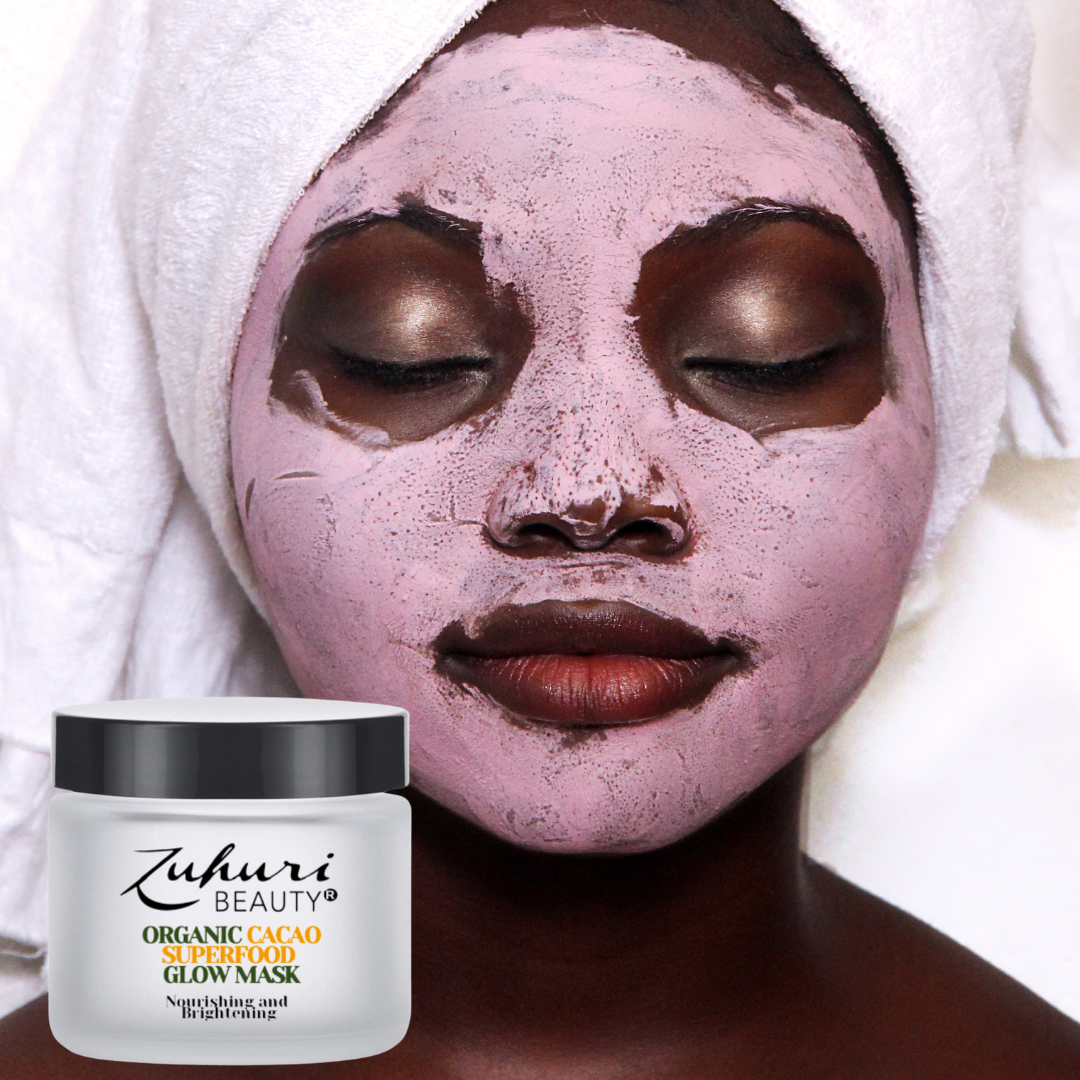
The Science Behind Clean Skincare: How Chemists Formulate Non-Toxic Products
Share
The Science Behind Clean Skincare: How Chemists Formulate Non-Toxic Products
When conventional skincare chemists formulate products, they have access to thousands of synthetic ingredients that solve nearly every formulation challenge. Clean beauty chemists, however, face a unique set of constraints that requires innovative thinking and deep ingredient knowledge. Let's explore how skincare chemists approach clean formulation differently.
The Formulation Philosophy Shift
Conventional skincare formulation often begins with marketing requirements—a specific texture, shelf-life, sensory experience, or trendy active ingredient. Chemists then build formulas using whatever ingredients achieve those goals most efficiently and cost-effectively.
Clean beauty chemists reverse this approach. They begin with a "no" list—ingredients they won't use regardless of their effectiveness—and work backward to create products that perform well without those materials. This constraint-based creativity leads to entirely different formulation strategies.
The Preservation Challenge
One of the biggest hurdles in clean beauty formulation is preservation. Conventional products rely heavily on parabens, formaldehyde-releasing preservatives, and other synthetic antimicrobials to ensure products remain stable for years.
Clean chemists employ several alternative strategies:
- Natural antimicrobials: Ingredients like radish root ferment filtrate, lactobacillus ferment, and various botanical extracts with antimicrobial properties
- Self-preserving formulations: Creating products with pH levels or low water activity that naturally inhibit microbial growth
- Airless packaging: Minimizing product exposure to air and potential contamination
- Cold-processed formulations: Using manufacturing methods that introduce fewer microorganisms to begin with
These approaches often result in shorter shelf lives (12-18 months versus 3+ years for conventional products) but deliver fresher formulations with fewer sensitizing ingredients.
Emulsion Innovation
Emulsions (creams and lotions where oil and water are mixed) traditionally rely on synthetic emulsifiers like PEGs (polyethylene glycols) or ethoxylated ingredients that may contain concerning impurities.
Clean chemists instead turn to:
- Natural lecithins: Derived from sunflowers or soy
- Plant-derived emulsifying waxes: Often made from olive, coconut, or wheat components
- Naturally-derived glucosides: Sugar-based emulsifiers
- Innovative texturizing agents: Including various gums, algae derivatives, and plant fibers
These alternatives create stable emulsions with beautiful textures, though they often require more precise manufacturing conditions and careful pH balancing.
Active Ingredient Delivery
Delivering active ingredients to the right skin layer is crucial for efficacy. Conventional formulations often use penetration enhancers like certain alcohols and silicones.
Clean beauty chemists achieve effective delivery through:
- Liposomal technology: Using phospholipid vesicles (similar to cell membranes) to transport actives
- Oil-soluble vitamin derivatives: Modified forms of vitamins that penetrate more effectively without harsh solvents
- Biomimetic peptides: Amino acid chains that naturally interact with skin
- Botanical extraction techniques: Methods that preserve the natural matrix of plant actives for better bioavailability
Stability and Efficacy Testing
Clean beauty products undergo rigorous stability and efficacy testing, often more extensive than conventional counterparts because:
- Natural ingredients can vary between batches
- Preservation systems have narrower parameters for effectiveness
- The interaction between natural compounds is more complex
Chemists employ accelerated aging tests, microbial challenge tests, and both in-vitro and clinical testing to ensure products remain safe and effective throughout their shelf life.
The Future of Clean Formulation
Clean beauty chemists are driving innovation in green chemistry—developing new extraction methods, upcycling agricultural waste into active ingredients, and creating biodegradable packaging materials.
As consumer demand grows and research advances, we're seeing the gap close between conventional and clean beauty performance. Today's clean skincare chemists are proving that performance and safety aren't mutually exclusive—they're complementary goals that lead to better products for both consumers and the planet.
